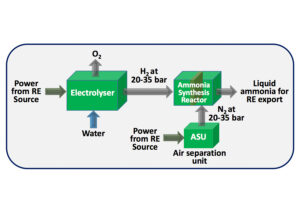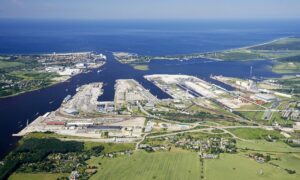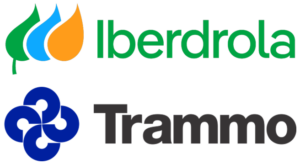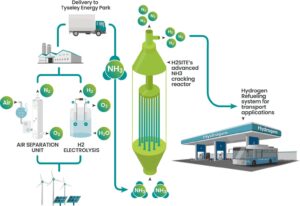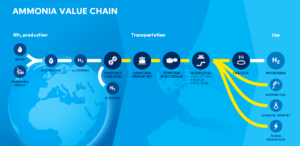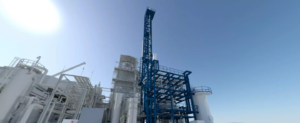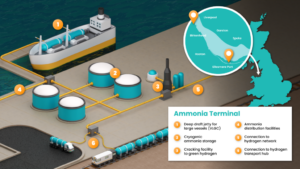CSIRO: new progress in ammonia energy
Australia’s national research organisation CSIRO is contributing valuable R&D across the hydrogen and ammonia value chains. At Ammonia Energy APAC 2023, we’ll hear updates on some key ammonia energy projects at CSIRO: small-scale production, combustion engines, and fuel cells, as well as an ongoing partnership with Fortescue Future Industries to develop & deploy metal membrane technology for ammonia cracking systems.
